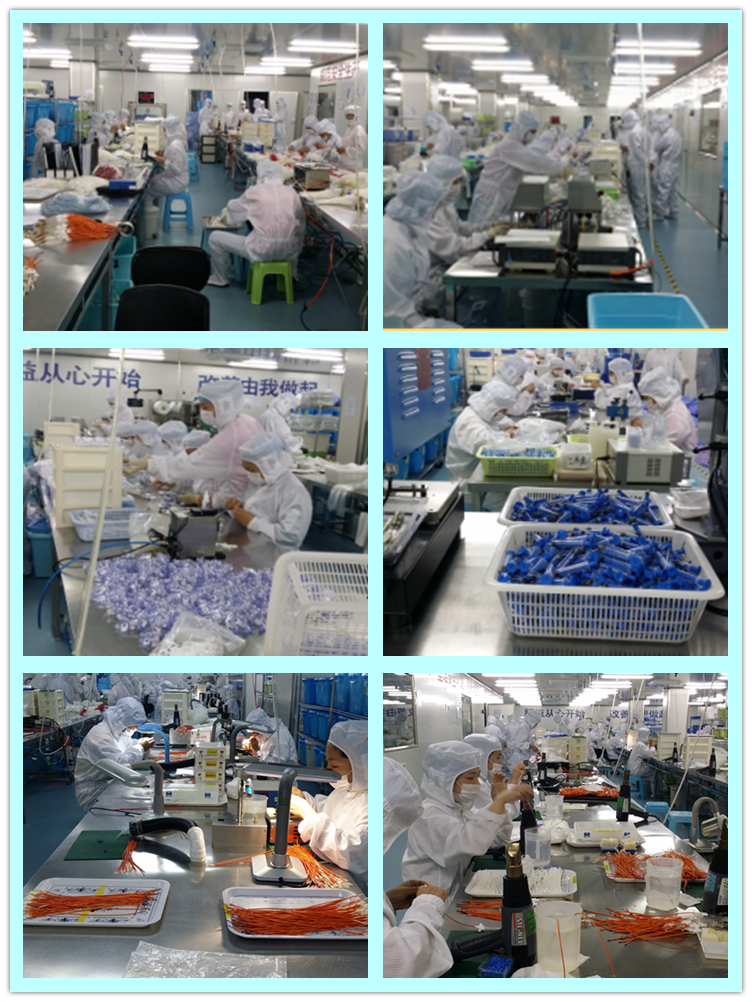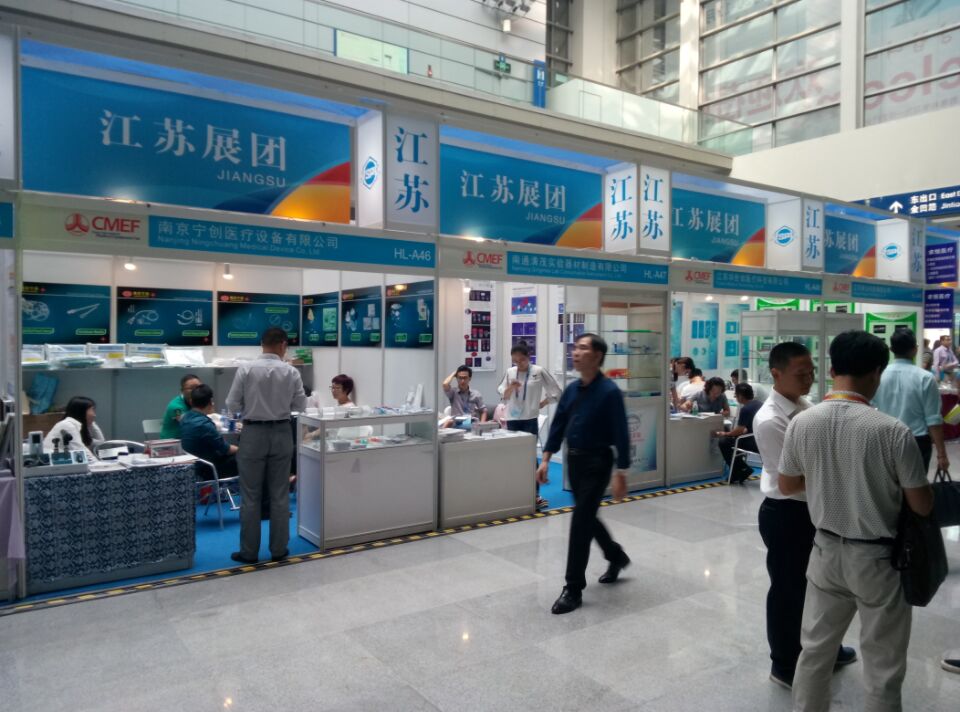Business News Agency reported on August 25. According to reports, the Ministry of Commerce recently held a meeting to discuss amendments to the “2010-2015 National Pharmaceutical Distribution Industry Development Planâ€. The change was made after the completion of consultations with industry associations. It is understood that the "planning" has been completed drafting, the date of introduction is approaching. "Planning" clearly marked out the market card this time, so that many local leading enterprises and private leading enterprises that hope to see the consolidation of the pharmaceutical circulation market and the development of large-scale pharmaceutical logistics saw opportunities in the integration. Pharmaceutical stocks in the A-share market also implied machine.
Planning is intended to increase concentration
According to reports, this plan focuses on the development of industry guidelines and corporate guiding principles for retail enterprises, wholesale enterprises, and logistics companies in the industry, and also includes the specification of non-benign competitive behavior.
It is understood that at present, there are as many as 13,000 pharmaceutical distribution companies in China. In fact, only a very small number of enterprises have relatively satisfactory scale strength and profit levels. Excessive enterprises squeeze into it, leading to repeated vicious competition among enterprises. The original intention of the "planning" is precisely to improve the current status of the industry and to achieve a higher degree of concentration.
According to sources, the "planning" involved reforming the system of "taking medicine to support medicine", the public hospital system, and the compensation system of large hospitals. It also involved social security and other related departments how to make more use of social security funds (99.66). , 0.00, 0.00%) of the regulatory role and so on.
Market card or second round of integration
Experts involved in the formulation of the "planning" said that the main purpose of this "planning" is to promote integration, but it will not explicitly encourage which kind of integration direction. As long as it meets the market rules and can achieve healthy competition, the plan will be reported to support attitude.
In addition, the central government will also provide a series of support policies to promote industry consolidation, mainly including taxation policies and financial support. They may involve specific details such as implementing tax relief and encouraging the development of pharmacy chains above the county level.
"Planning" disclosed that during the "12th Five-Year Plan" period, the pharmaceutical circulation industry will focus on encouraging drug distribution companies to merge and restructure and encourage the development of retail chain operations. The core of "planning" is to allocate resources in a market-oriented manner and rely on the industry itself to promote. Instead of relying on the power of the executive.
This means that private capital that has been “hidden†for a long time in the pharmaceutical circulation industry will gain momentum and opportunities for the new round of pharmaceutical circulation industry integration. Analysts believe that the plan will strengthen the direction of the pharmaceutical industry leader in the national layout, and private capital activity will increase significantly.
At present, the pharmaceutical circulation market throughout the country already has the “national team†represented by Sinopharm Group, New Drug, and New China Resources, which is the first echelon of pharmaceutical circulation market scale, and the three major groups have completed in the past two years. The merger and acquisition of its major pharmaceutical circulation assets and domestic high-quality assets is often accompanied by both the pharmaceutical industry and the pharmaceutical business, and has initially formed a situation of three pillars.
Analysts said that with the initial establishment of the first echelon of "trading sites" in the pharmaceutical distribution industry, circulation companies including Nanjing Pharmaceutical (12.64, +0.36, +2.93%), Kyushu Link, and Intel Group are expected to take the opportunity to show their talents and take the lead in integration. M&A boom.
The growth of medical biological index lags behind
Huatai Securities (14.06, +0.07, +0.50%) research report pointed out that since July, the growth of medical biological index lags behind, and the recovery trend of the medical sector is evident.
From July till now, the medical biological index and the Shanghai and Shenzhen 300 (2911.83, +15.64, +0.54%) medical index have increased by 13.5% and 14.8% respectively. The relative A-share trend only surpassed 2.6 and 4.0 percentage points respectively. The increase in interim results will reduce the pressure on the overall valuation of medicines. However, relative to cyclical industries, the excess returns of the pharmaceutical industry are far less than those of the cyclical industry, and more are trading opportunities and valuation opportunities. At this stage, investors are advised to pay attention to Hengrui Pharmaceutical, Yunnan Baiyao, Yabao Pharmaceutical (9.29, +0.07, +0.76%), Yuheng Pharmaceutical, and Kangzhi Pharmaceutical (60,-) with a certain margin of safety. 0.03,-0.05%) and Tianfang Pharmaceutical.
Antimicrobial central venous catheters are discussed as a device to reduce catheter-related infections. Previously we have reported a study with 223 adult surgical patients randomized to receive either a rifampicin-miconazole-loaded Central Venous Catheter (CVC) (n=118) or a standard CVC (n=105). The antimicrobial CVC was shown to reduce catheter colonization (CC) and catheter-related local infection (CRI) significantly even at long-term catheterization. Here, we present further evaluation of the study focusing on possible benefits for high-risk patients. Subgroup analyses showed a pronounced reduction of CC and CRI in male, overweight and oncology patients. Important covariates were skin colonization for CC and oncological disease for CRI. Odds ratio (OR) for reducing CC was 0.076 (95% CI: 0.016-0.360) and CRI was reduced from 26% to 2.3% (p=0.001) in the cancer subgroup. Ex vivo long-term antimicrobial activity of modified catheters exceeded 4 weeks.
*Related Products:Anti-microbial Central Venous Catheter Kit,Anti-microbial Central Venous Line Kit.



Antimicrobial Central Venous Catheter
Anti-Microbial Central Venous Catheter,Anti-Microbial Central Venous Line,Central Venous Line,Anti-microbial Central Venous Catheter Kit,Anti-microbial Central Venous Line Kit
Anesthesia Medical Co., Ltd. , https://www.sinoanesthesia.com
